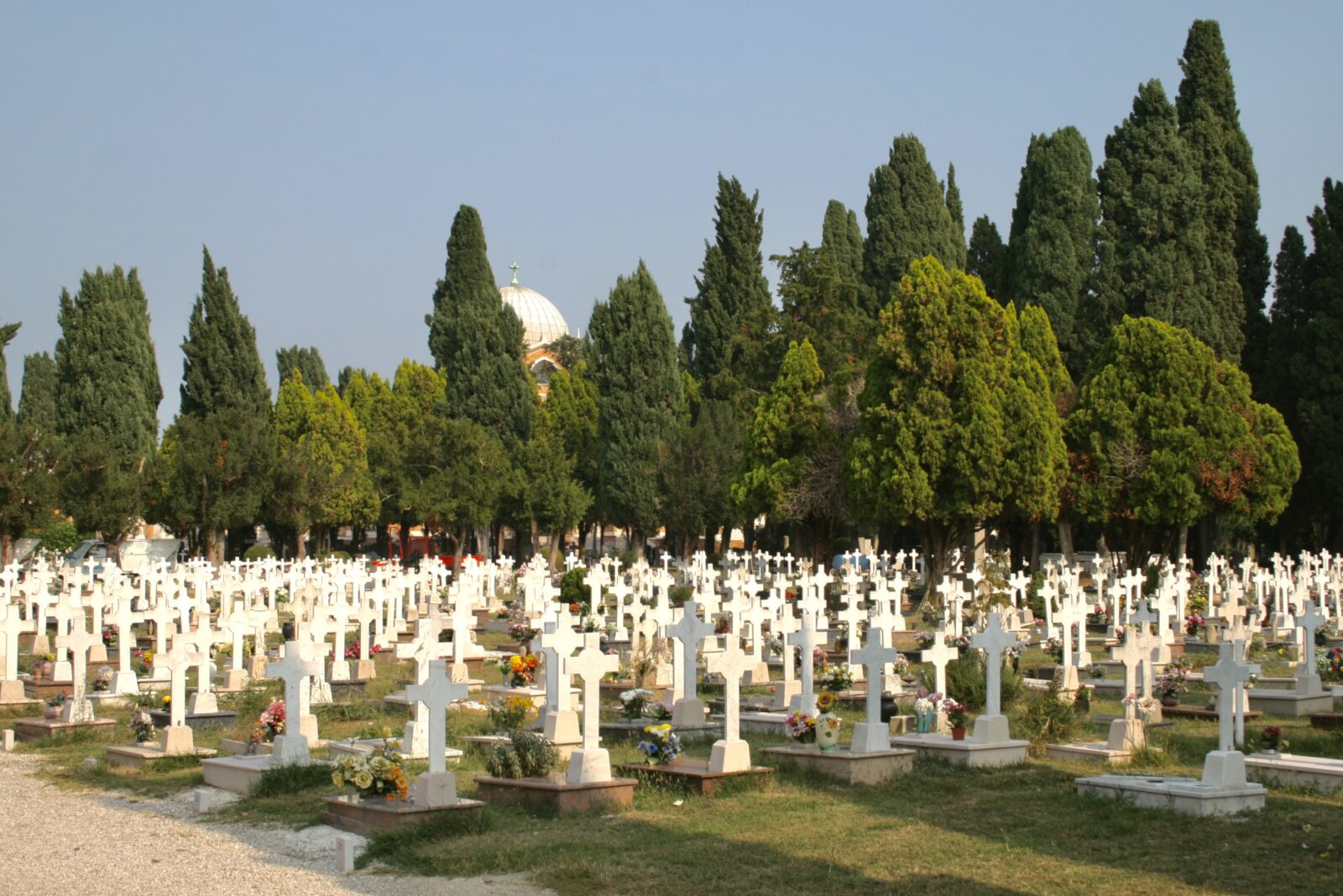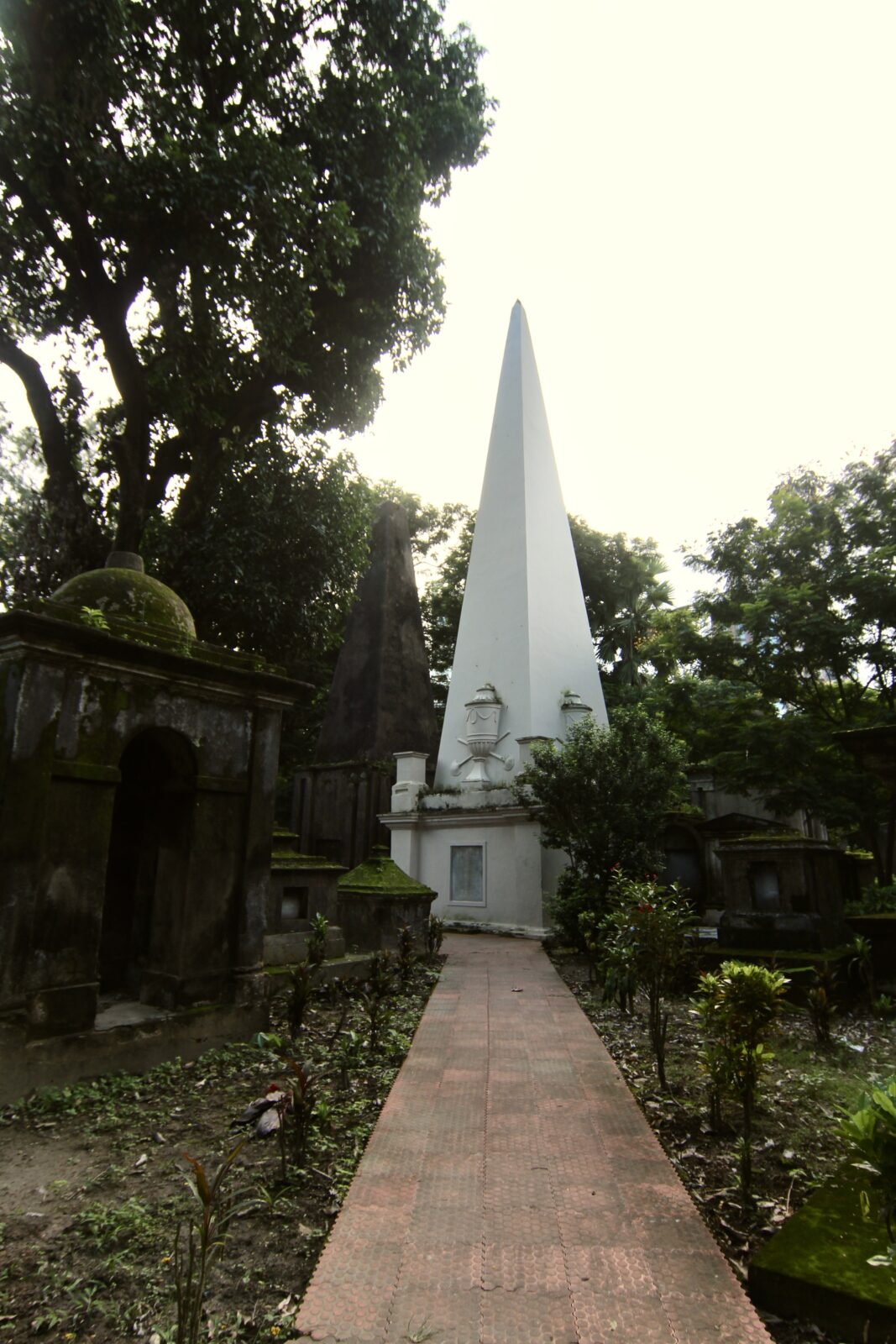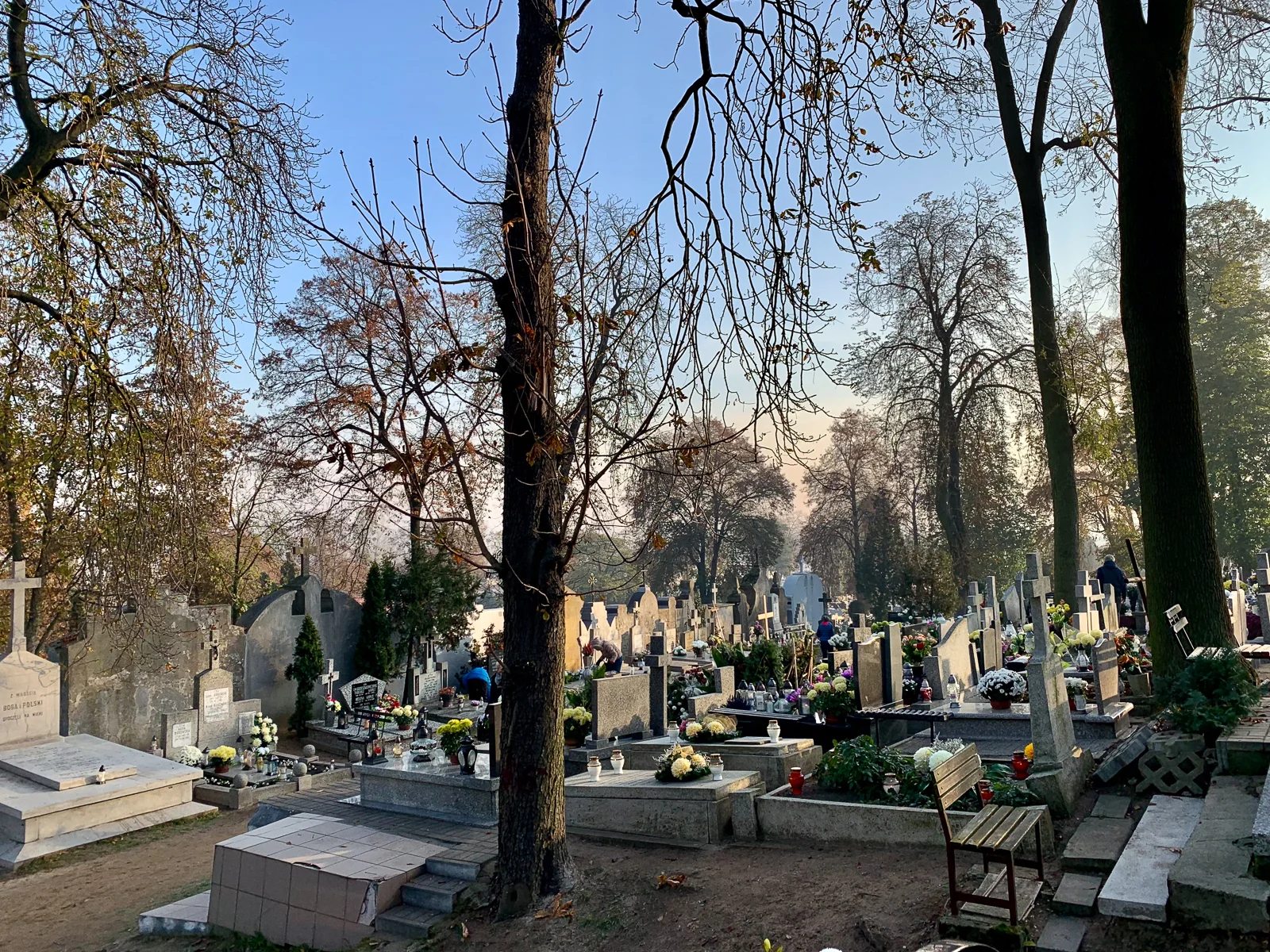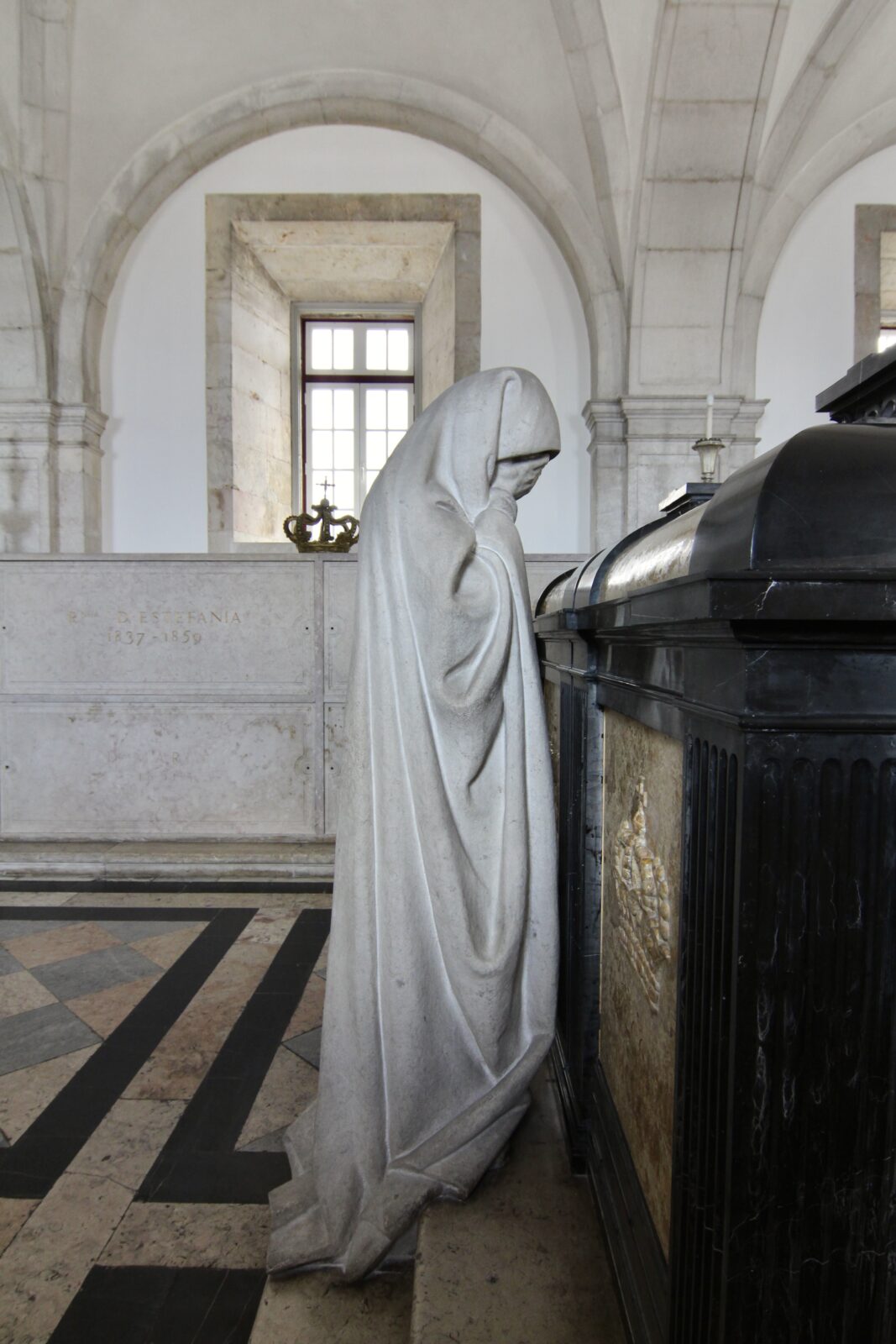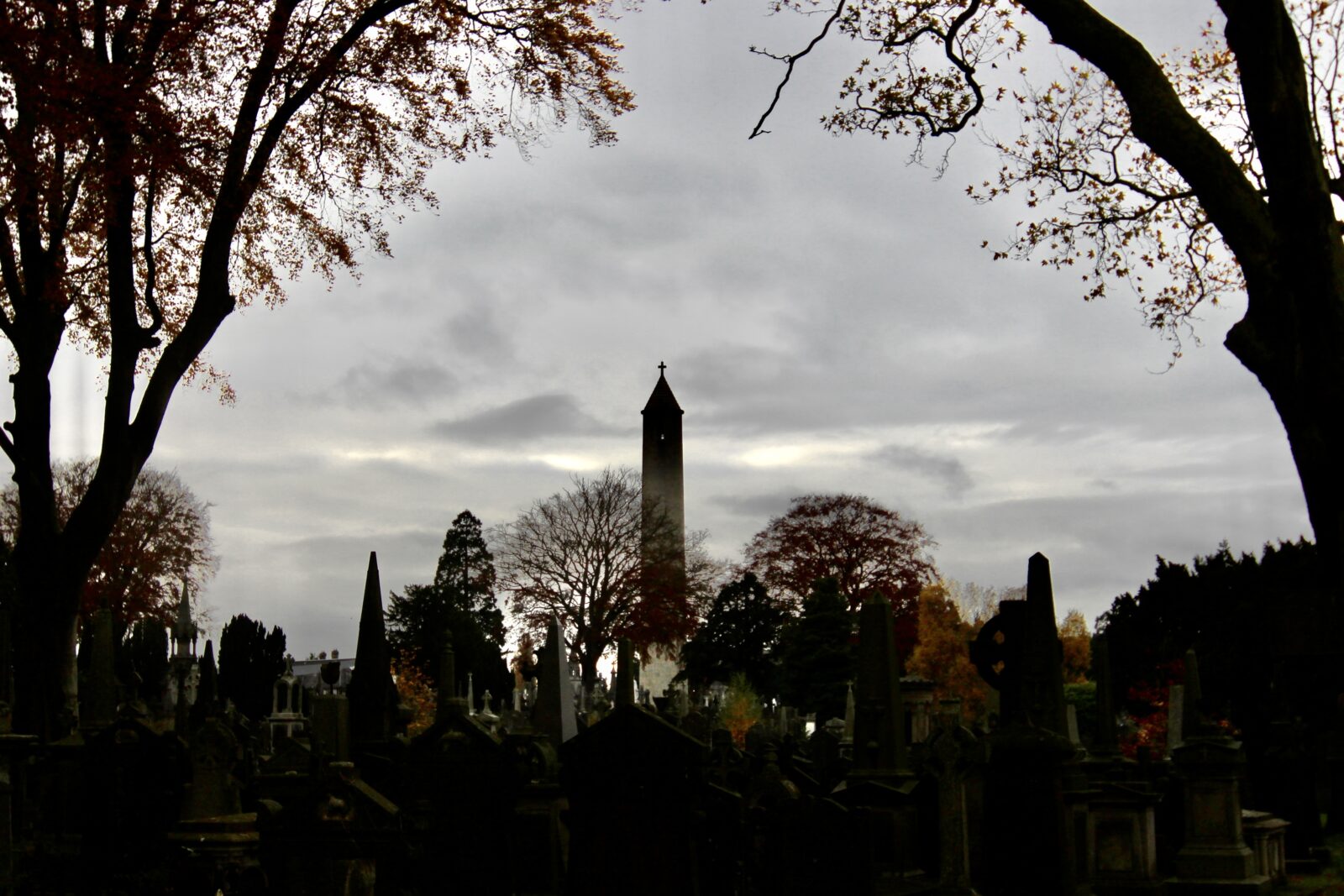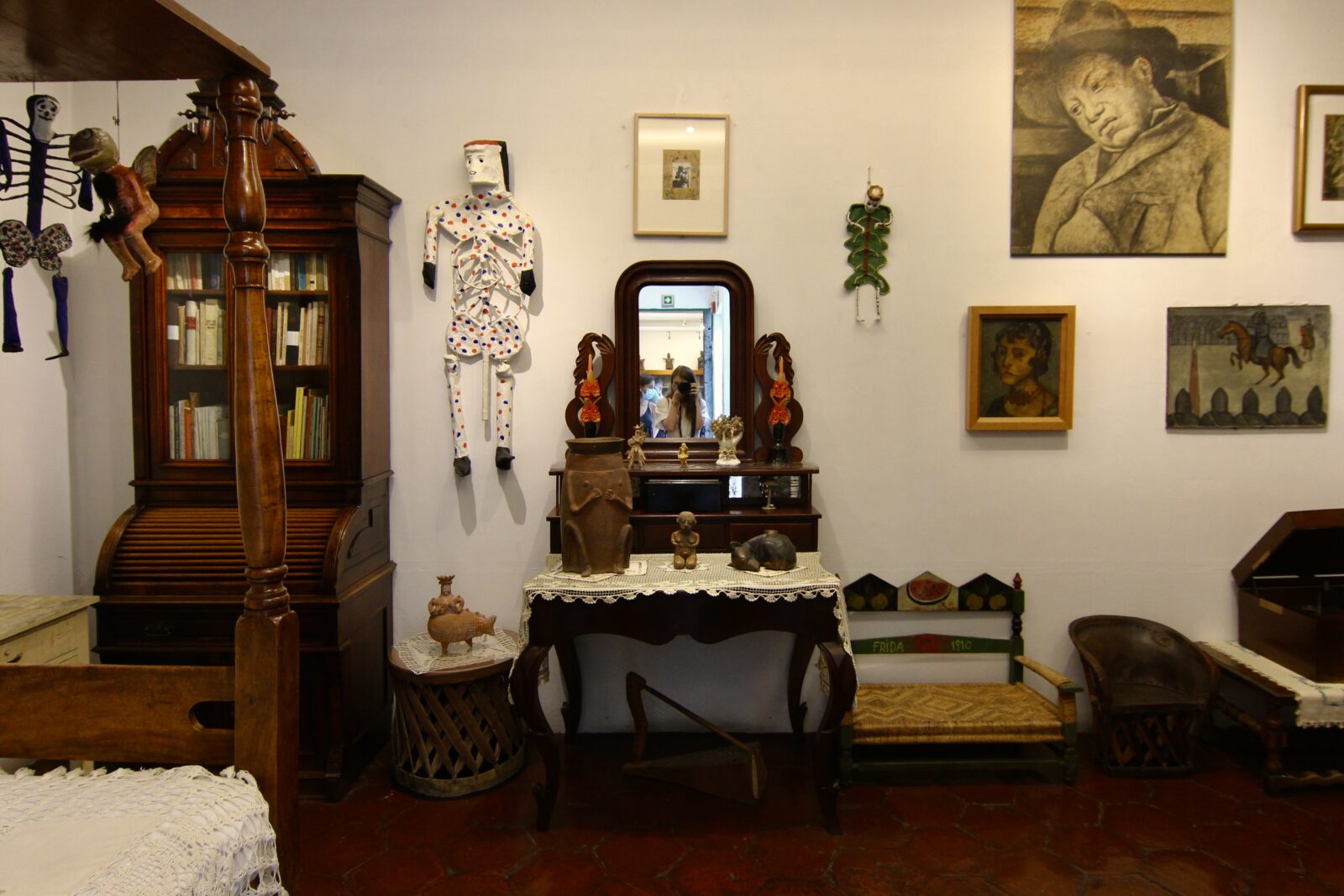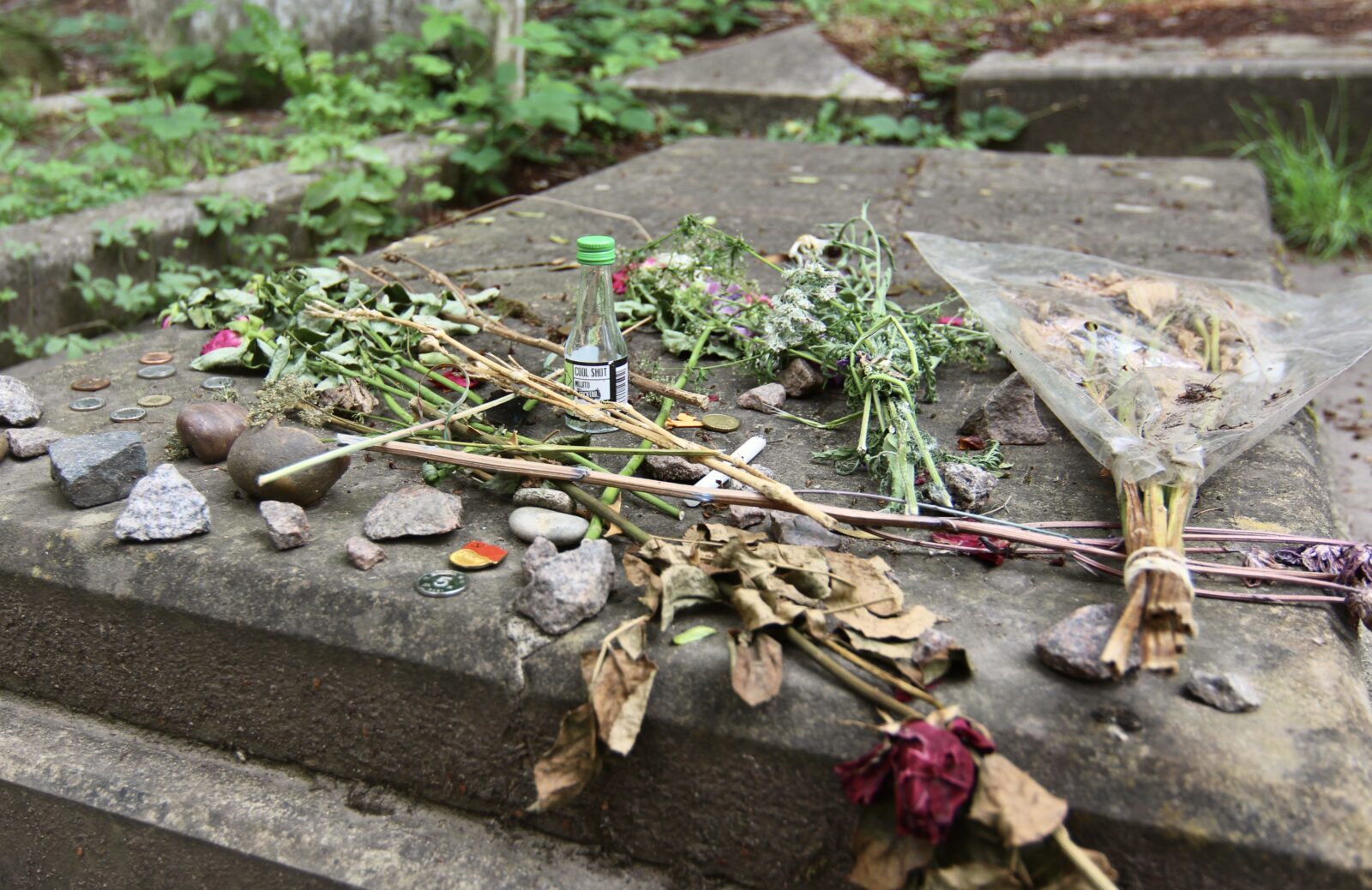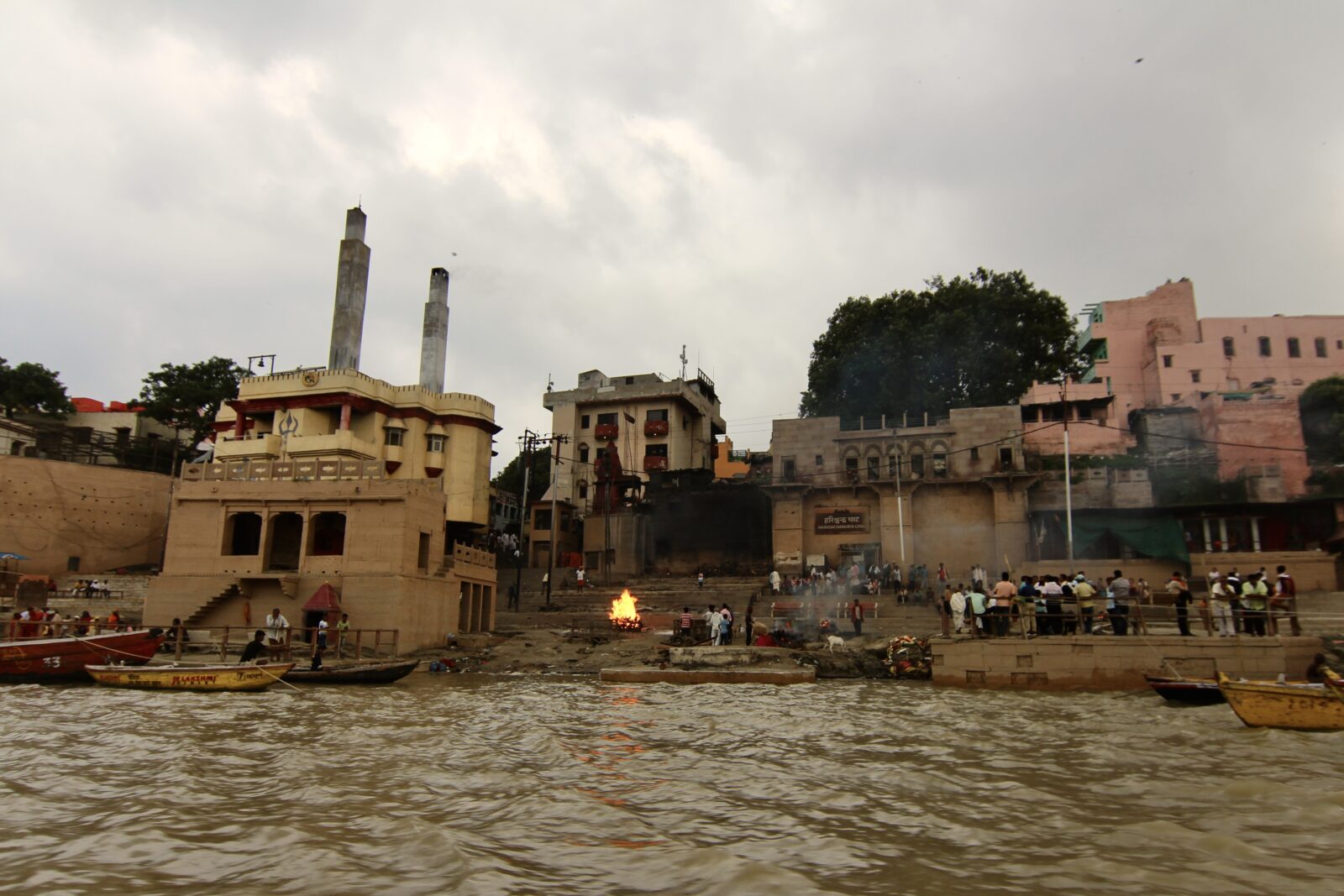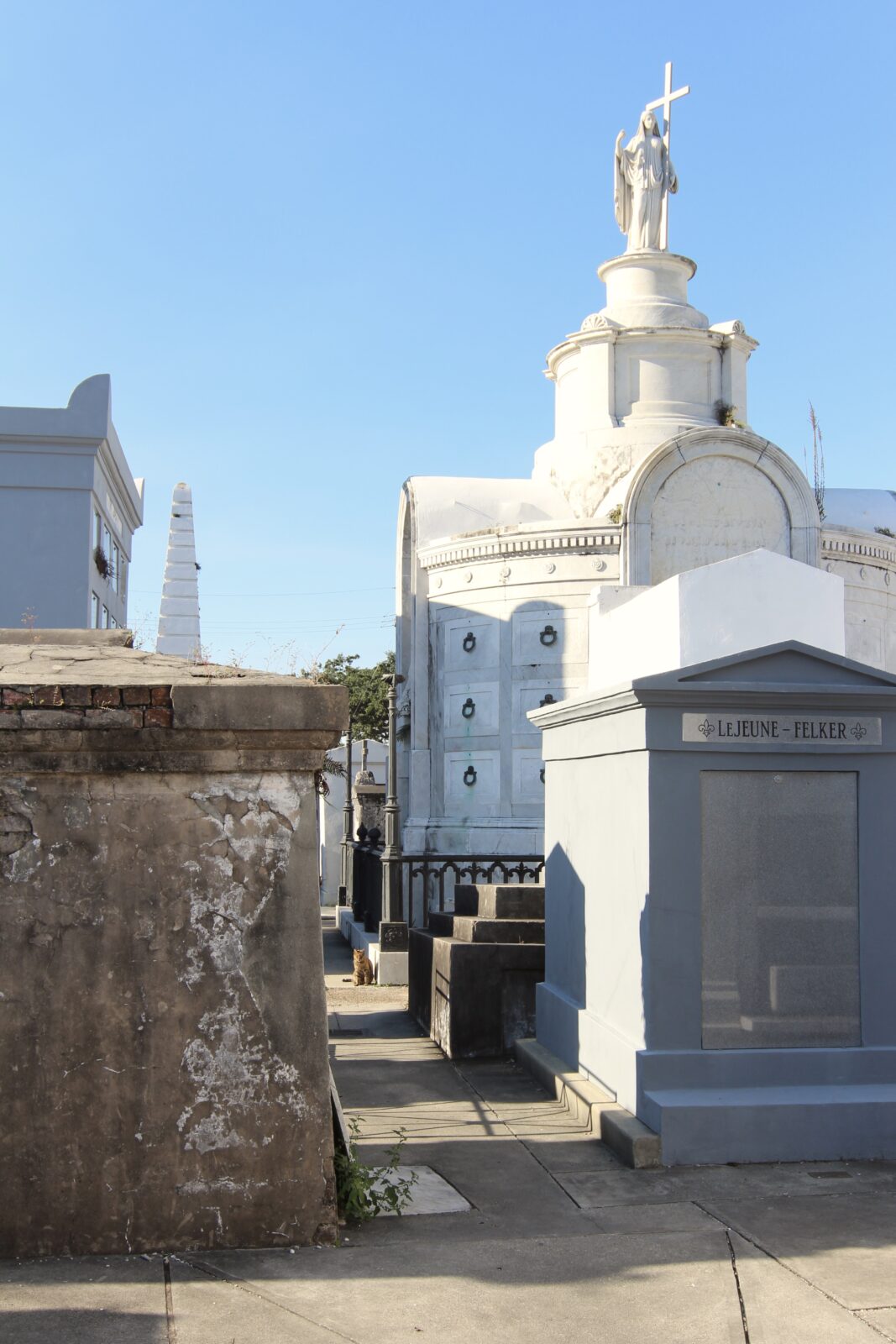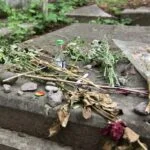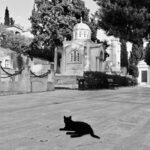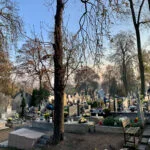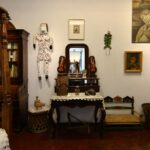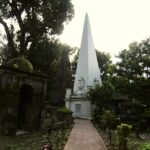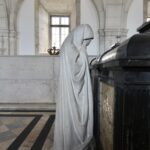
Christmas or Halloween, or what one ritual adopted from the other
On the night of 31 October to 1 November, a special, magical and somewhat forgotten holiday is celebrated in Slavic countries – the festival of the dead, historically known as Dziady (lit. “grandfathers, eldfathers”, sometimes translated as Forefathers’ Eve). The tradition of the ritual dates back nearly 1,000 years, and the name Дзяды itself comes from the Belarusian language and simply means ancestor. According to ancient Slavic folk beliefs, in autumn, when nature dies down, the dead returned to earth, and wraiths and demons haunted the living. Dziady was intended to ensure the peace of the dead in the afterlife, and the favor of ancestral souls to the living. For a long time, one can notice the gradual disappearance of this custom at the expense of a growing interest in another, coming from a completely different culture and side of the world – with the American (or rather Irish?) Halloween.
Where did the popularity of Halloween in Europe come from? Did Halloween borrow some elements from Dziady, or perhaps from All Saints’ Day? Maria Kozan talks with mgr Eleonora Imbierowicz, a lecturer at the Department of Glottodidactics at the Institute of English Studies at the University of Wrocław, about the similarities and differences of Dziady and Halloween, as well as stories from the ghost and horror genres.
Maria Kozan: What is the origin of Halloween in the United States and when did the event appear in Europe?
Eleonora Imbierowicz: Halloween originated in Europe. The holiday probably originated from the Celtic celebration of Samhain, which fell in late October/early November and was associated, like other pagan holidays celebrated at that time, with the beginning of autumn. When the day became shorter, the weather cooler and more rainy, when the harvest was over and when more time was spent under the roof — one thought about the future (divination) and about the past: spinning stories, remembering loved ones of the dead.
Samhain, like other pagan holidays, was adapted for the spread of Christianity. Old holidays, such as Dziady, Kupala Night, and the winter solstice, were replaced by new ones, and their elements were used to create Christian traditions. Hence, All Saints’ Day and Zaduszki (the Commemoration of All the Faithful Departed) fall around the time of Halloween or Dziady. The name Halloween comes from All Hallows Eve, literally the eve of All Saints’ Day. With the creation of the Anglican denomination, the worship of saints in England came to an end, and thus the traditions of the November holidays associated with it were obliterated. However, they did not disappear in Scotland and Catholic Ireland, and it is said that it was mainly Irish immigrants who brought the tradition of the feast of the dead with them to America.
So actually, Halloween has been celebrated in Europe for a very long time, earlier than it appeared in the United States. On the other hand, Halloween as we know it today, although its traditions related to dressing up, scaring, vigils, and cookouts are close to the old ones, is a holiday brought “back” from overseas. Such a variant of Halloween did not spread in the States until the first half of the 20th century, and over time it became, like other holidays celebrated in the States, increasingly commercial.
MK: Did Halloween borrow some elements from Dziady, or perhaps from All Saints’ Day?
EI: Perhaps not so much borrowed, but indeed the genesis of all these holidays is similar; they all deal with the world of the dead and partly similarly refer to that world. All of them also originally believed that this world existed, although their visions of it varied.
During the Celtic festival of Samhain, bonfires (or literally fires of bones; there are accounts that the custom is related to funeral pyres, or that it began with the burning of unnecessary old objects) were burned. There was also divination, feasting, dressing up, games and performances. Communities celebrating Samhain, like those with whom it was more like Dziady, believed that early November was a time of increased movement of souls, spirits, and deities, who might then, among other things, leave the hereafter; and hence the similarity of traditions, offering food to the dead, lighting lights and holding vigils.
All Saints’ Day and Zaduszki adapt these traditions into Christian fashions, which seem to me to be quite close to pagan holidays – the holiday is still focused on the souls of the dead, although in the Christian version it is less about contacting them and more about interceding for them, praying for their salvation. Many elements — the lights — the candles, the preparation of communal meals, the gatherings at this time, the remembrance of the dead — remain the same.
The modern American Halloween is focused on the same things (lights, food, eerie interactions with the inhuman), although the traditions have changed a bit – now it’s mostly about dressing up, trick or treating, i.e. children asking for candy, parades, watching horror movies, visiting “haunted houses,” pumpkin patches, i.e. places where pumpkins are presented and sold, hollowing out pumpkins to make jack-o-lanterns. Halloween is heavily influenced by the American market (I once read that it is the second most sold occasion in the States, after Christmas). Its celebrations also reflect the fears and fascinations of popular culture, which, as Victoria Nelson wrote in The Secret Life of Puppets, often replaces religion in providing its participants with awe (delight and horror).
MK: We most often associate the rite of Dziady with Adam Mickiewicz’s work from 1823, so we can more or less imagine how it was celebrated. In the case of Halloween, is there literature that includes descriptions of Halloween customs?
EI: We know texts about Halloween before it became popular in the States; for example, Robert Burns’ Halloween poem from 1785. Burns, a Scotsman, refers to Celtic rites and uses a mixture of English and Scots. The text is already Romantic (because the 1880s in Britain is already Romanticism), and it’s hard not to see it as the British equivalent of Mickiewicz’s Dziady – similar moods seem to emerge: longing for old traditions, fascination with the uncanny, interest in what is folk and what is one’s own in the face of foreign cultural influences, be they partitioners or England; fear, amusement, regret. We are also familiar with a less popular but earlier poem about Halloween; its author is also a Scotsman, John Mayne.
American literature is full of gothicism and horror, both 19th century and later. The 19th century in the States saw the consolidation of motifs that reign in American horror to this day – the headless horseman and the pumpkin in Washington Irving, the raven in Edgar Allan Poe, the witch trials in Nathaniel Hawthorne. Then there is also the so-called southern gothic, southern gothic, in which the reality of the twentieth century is mixed with the pre-Civil War past and the times of slavery; representatives of the southern gothic are authors such as Flannery O’Connor and Truman Capote. My favorite text from this trend is the short story A Rose for Emily by William Faulkner. In Southern Gothic, as in other currents within American horror, one can see a strong connection between the story and what scares in these texts. Difficult collective experiences find their outlet in horror; the Great Depression is reflected in Freaks (1932), the Cold War and Maccartism in Invasion ofthe Body Snatchers (1956),the alienation of late capitalism in American Psycho (2000).
As far as I know, American cultural texts that speak directly about Halloween do not appear until the 20th century. In 1926, a poem by the master of unnamed horror, H.P. Lovecraft, is published, entitled Halloween in a Suburb, in which the dead come out of their graves. In later years, there are already a number of horror films closely related to the Halloween holiday; in the 1970s there is The Halloween Tree by Ray Bradbury, an author best known for his novel Fahrenheit 451; not long after that, films in the Halloween series start coming out.
MK: Are you a fan of Halloween or Dziady?
EI: I love both of them! I also really like other traditions related to remembering the dead. I think they enable us to tame mourning, which is, after all, very difficult, and if we don’t allow ourselves to experience it fully, it can have a total and destructive impact on our lives. Both of these holidays, but also others, such as Mexico’s lavish Dia de los Muertos, the day of the dead, allow us to talk about loss and death, remember relationships with deceased loved ones, and relive the emotions associated with them.
However, Halloween is, if not strictly American, then at least not rooted in Slavic, Western culture; and this may be an argument against its celebration for those who seek to cultivate “their own” traditions, whether that means Slavic, Christian, or something else. Perhaps I am not experiencing this clash of cultures intensely, because I am an English philologist and traditions from Anglo-Saxon countries do not seem foreign to me. But it is also clear to me that these holidays are variants of the same thing, and that their axis is something universal, something that is or will be (unfortunately?) everyone’s own.
When criticizing Halloween, it is often said to be commercial and overly optimistic. Indeed, in the States tons of plastic are sold on its occasion (which I condemn and urge to change). The element of fun is also important in it, and that’s what I love. Fun, controlled fear, and pleasure are among the ways to unwind and purge. For many (including me) very effective! Besides, traditions other than Halloween also bring numerous pleasures. Dziady is a feast and games. For me, All Saints’ Day means strolling through the night, the amazing, illuminated Konin parish cemetery, reminiscing, gossiping!, the smell of wax, matches and leaves, vegetable salad, and closeness.
Maybe I have a lot of fear and sadness in me, or maybe a lot of readiness to tame them, because November holidays are very close to me, and outside of them I also really like to visit cemeteries. Below I attach some photos from my journeys.
